Taproot vegetables are a treasure trove of flavor and nutrition, bringing a burst of color and freshness to your table. They’re rich in vitamins, minerals, and fiber, making them a healthy choice for you and your family.
Growing them yourself means you can enjoy food free from chemicals while also cutting down trips to the grocery store. Even with limited space, you can plant them in pots or containers right at home.
Most varieties need only simple care, good sunlight, well-drained soil, and regular watering. Before long, you’ll be harvesting crisp, fresh roots that taste better than anything you can buy.
#1 Radish
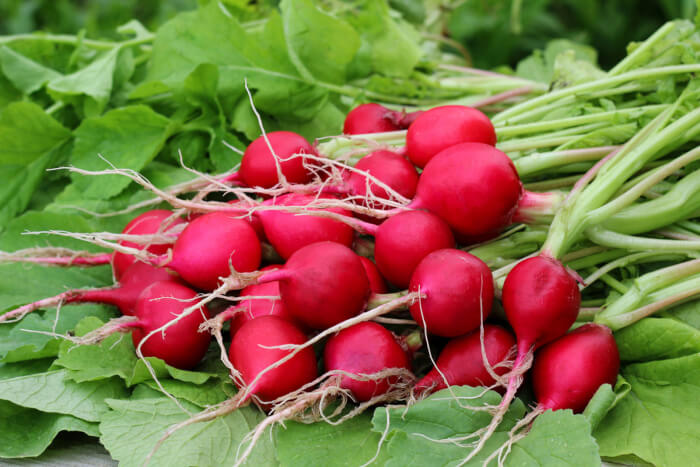
Radishes are one of the quickest vegetables to grow, ready to pick in just three to four weeks. Their crisp bite adds freshness to salads, sandwiches, and stir-fries.
Plant them in loose, well-drained soil and water regularly for the best flavor. For continuous harvests, sow a new batch every two weeks. Enjoy them raw for a peppery crunch or roast them for a milder taste.
#2 Rutabaga
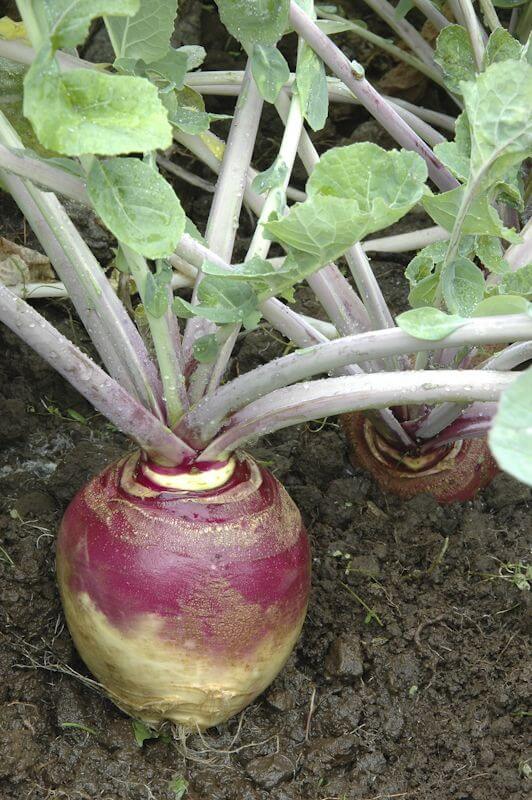
Rutabagas have a mild, sweet flavor and creamy texture that make them perfect for roasting or mashing. They’re part of the same family as cabbage and broccoli, but grow a napiform taproot that gets bigger with time.
Choose a sunny spot and plant in rich, well-drained soil for the best results. Harvest when they reach about 3–5 inches in diameter for tender flesh. Store them in a cool place and they’ll keep for weeks.
#3 Jicama
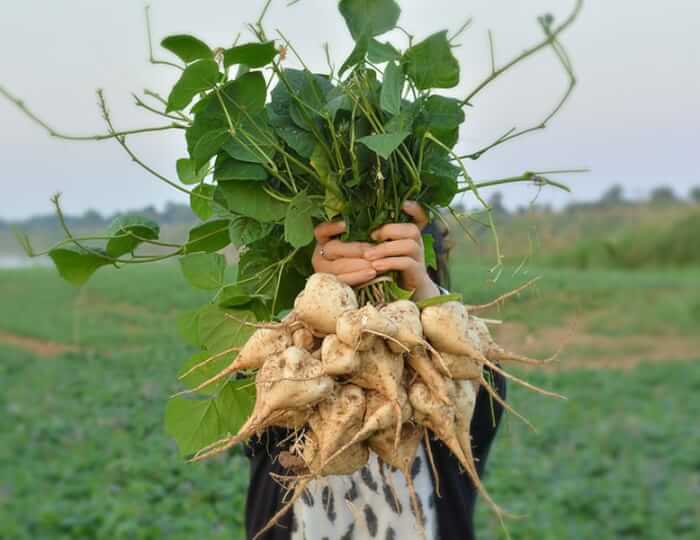
Jicama offers a refreshing, slightly sweet crunch that’s perfect for salads, slaws, or eating raw with a sprinkle of lime and chili. Only the root is safe to eat, so be sure to discard the rest of the plant.
Give it warm, sunny conditions and light, sandy soil to help the root grow large and juicy. Water moderately and harvest when the roots reach about 4–6 inches across. Peel before eating for the best texture and flavor.
#4 Parsley Root
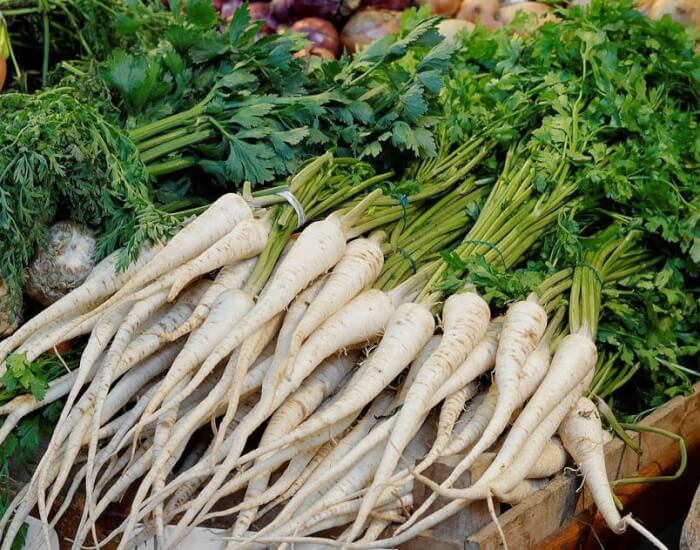
Parsley root looks like a pale carrot and has a flavor somewhere between celery and parsnip. It’s wonderful roasted, blended into soups, or grated raw into salads.
Plant in loose, fertile soil and keep it moist for steady growth. It takes longer to mature than regular parsley, so be patient with your harvest. Store the roots in the fridge for weeks of flavor.
#5 Beetroot
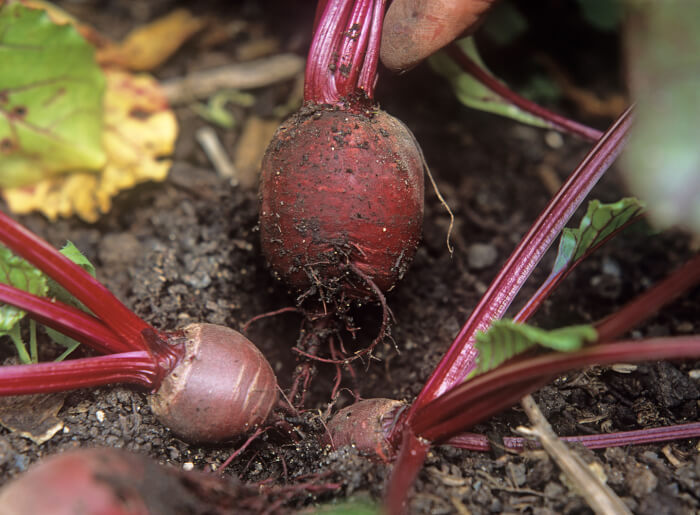
Beetroots give you two harvests in one: tender roots and nutritious leafy greens. They thrive in loose soil with steady moisture, producing sweet, earthy roots.
Sow seeds directly in the garden and thin seedlings for bigger beets. For the most vibrant color and flavor, pick them when they’re about the size of a golf ball. Roast, pickle, or juice them for a variety of uses.
#6 Burdock
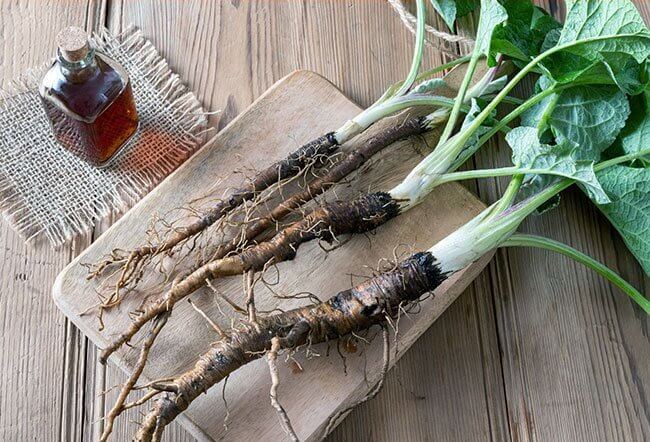
Burdock roots have a mild, earthy flavor and are prized in herbal remedies and teas. They grow long and slender, so deep, loose soil is best.
Keep the soil moist but not waterlogged and give the plant a sunny spot. Harvest the roots in their first year for the best texture. Scrub well before cooking or drying for tea.
#7 Carrot

Carrots are a garden classic, loved for their sweet crunch and bright color. They prefer sandy, stone-free soil that lets the roots grow straight and smooth.
Sow seeds thinly and keep the bed moist until seedlings appear. Harvest when the tops look full and the shoulders of the roots are peeking above the soil. Enjoy them fresh, roasted, or blended into soups.
#8 Parsnip
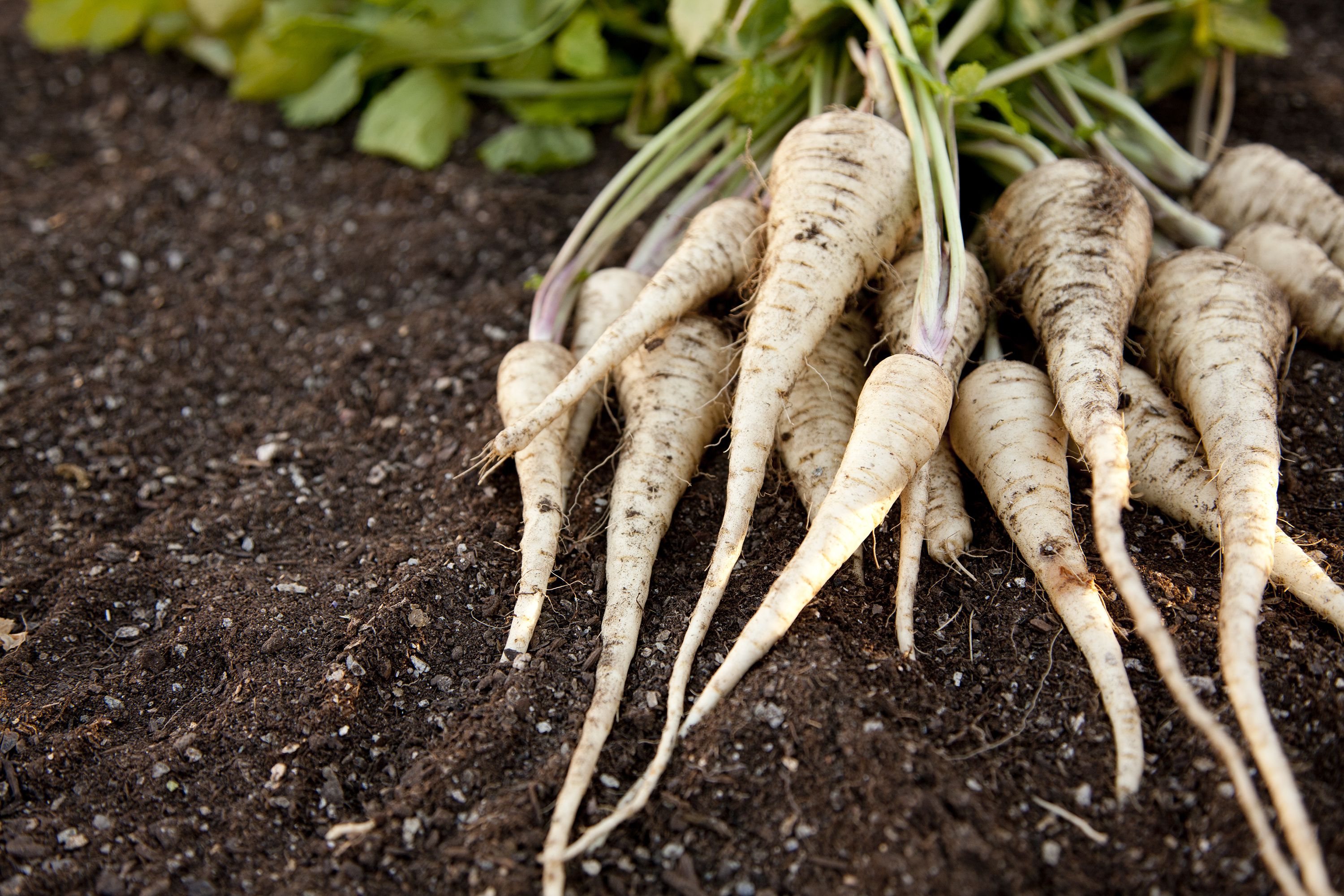
Parsnips develop a wonderful sweetness when exposed to frost, making late-season harvesting ideal. They grow best in deep, loose soil with regular watering.
Be patient, as they take longer to mature than carrots. Gently lift them from the ground to avoid breaking the roots. Roast or mash them for a naturally sweet, nutty flavor.
#9 Sugar Beet
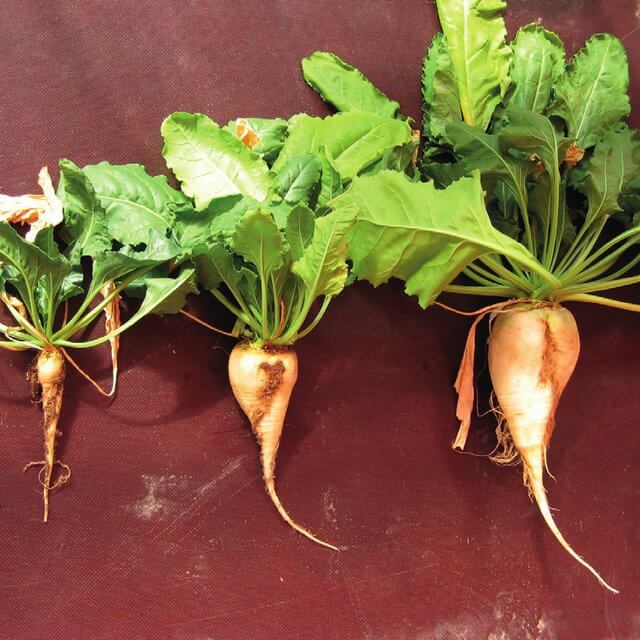
Sugar beets store natural sucrose in their thick, conical roots, making them a unique crop for sweetening recipes. They prefer a cool, temperate climate and fertile, well-drained soil.
Keep the plants watered consistently for steady growth. Harvest when the tops begin to yellow, signaling maturity. Clean and store them in a cool, dry place.
#10 Dandelion
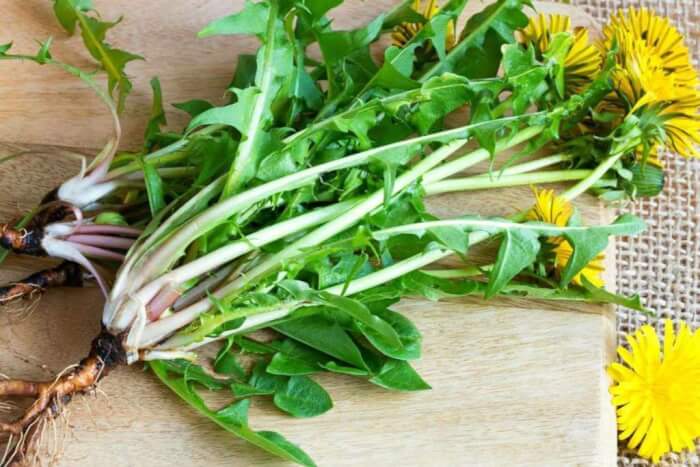
Dandelions aren’t just weeds; they’re edible and full of nutrients. Their roots can be dried and roasted to make a caffeine-free coffee substitute or brewed into tea.
Grow them in sunny spots with well-drained soil for the healthiest plants. Harvest roots in the fall for the richest flavor. Wash thoroughly before drying or cooking.
